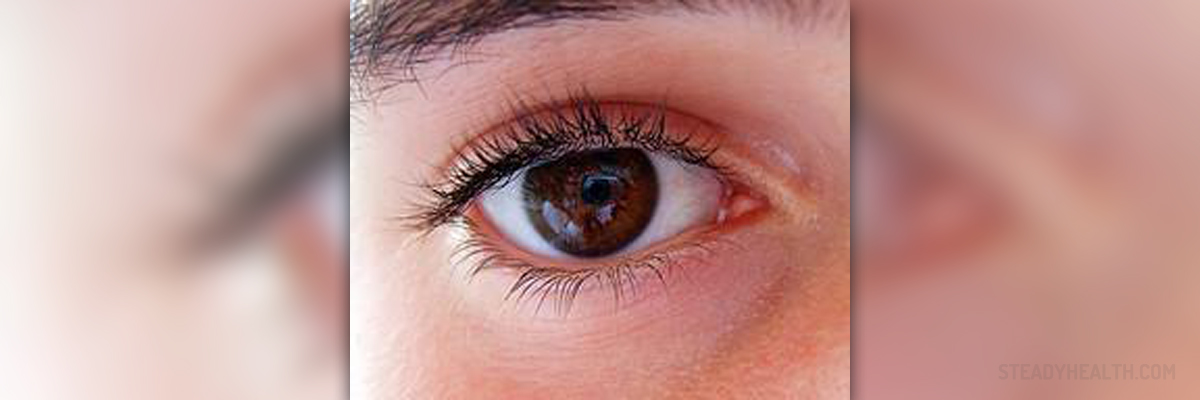
Crow’s feet are one of the first signs of wrinkle formation. As people age, the amount of collagen the body produces naturally starts to decrease. Collagen is the main component of flexible connective tissue in humans, and it is responsible for healthy and youthful glow of the skin. In addition to collagen, our body starts to deprive on elastin, which is responsible for flexible connections of dermal layers in human skin.
The skin around the eyes is the thinnest on our body, and this is why it is mostly affected by wrinkles. Crow’s feet are small lines and wrinkles appearing around the eye, typically starting at the outer corner of the eye. Their characteristic appearance is responsible for their name, since they look like the foot of a crow planted on the corner of the eye. Crow’s feet typically starts with small and shallow lines, gradually deepening with time and affecting other regions of the face, such as cheeks or forehead. Fortunately, there are many successful treatments for crow’s feet and great ways to prevent them.
Hyaluronic acid
Hyaluronan, also known as hyaluronic acid or hyaluronate, is a naturally-occurring compound normally present in many connective, epithelial, and neural tissues. This is a common ingredient in many skin-care products, especially those designed to promote moisturization and deliver age-defying effects. Hyaluronic acid is used for filling soft-tissue defects, such as wrinkles. It is available in the form of injections, serums and creams. Hyaluronic acid has a unique benefit to absorb water and create volume deep inside the skin. As a result, the skin looks plumper, supple and radiant.
Botox
Botox is a protein produced by the bacterium Clostridium botulinum, and a powerful neurotoxin. It is widely used for various cosmetic and medical procedures. Botox injections temporarily improve the appearance of moderate-to-severe crow’s feet, and they are less intrusive than many other types of plastic surgery. Benefits of Botox injections usually last up to eight months.
Laser Skin Resurfacing
Laser Skin Resurfacing is relatively new treatment for facial wrinkles. The technique employs short concentrated beams of light at the skin with the purpose to resurface the skin by removing thin layers, very precisely. People with crow’s feet are usually good candidates for laser skin resurfacing. Following the surgery, patients will need some extra care for about 10 to 21 days, until the treated areas heal completely. Occasionally, hyper-pigmentation may occur as a complication of laser resurfacing, and patients with darker skin tones are at higher risk.



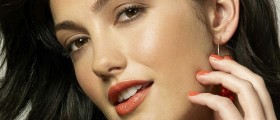
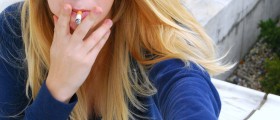
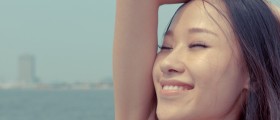
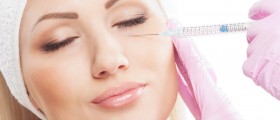
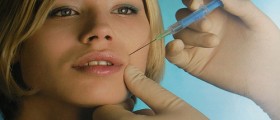
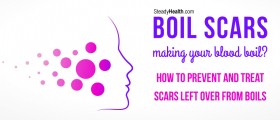
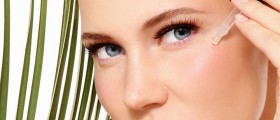
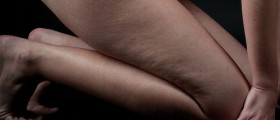
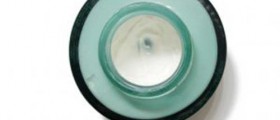
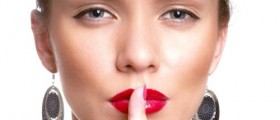
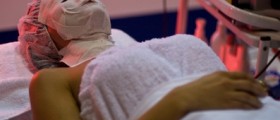


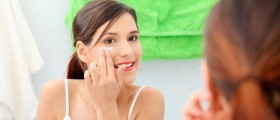
Your thoughts on this
Loading...